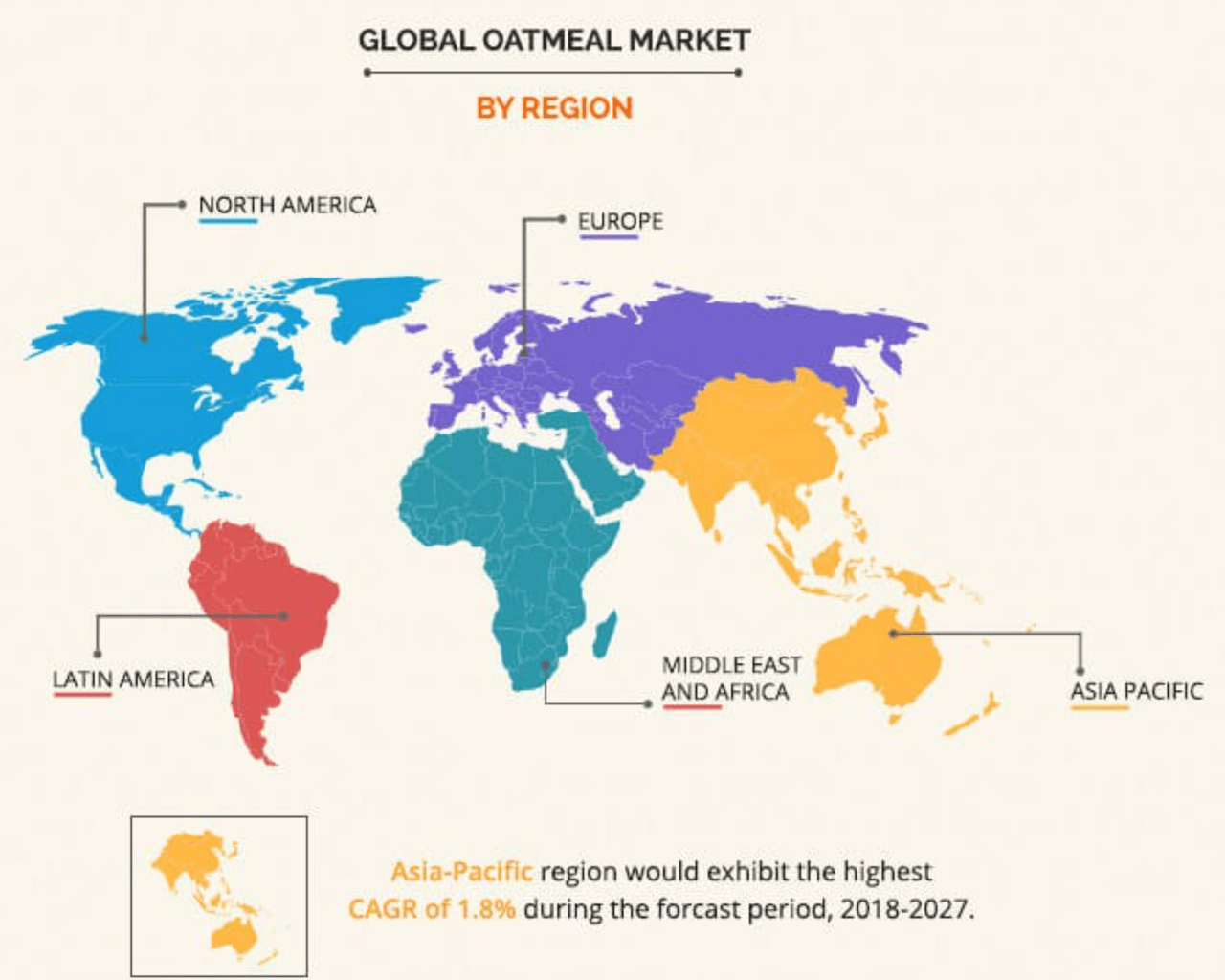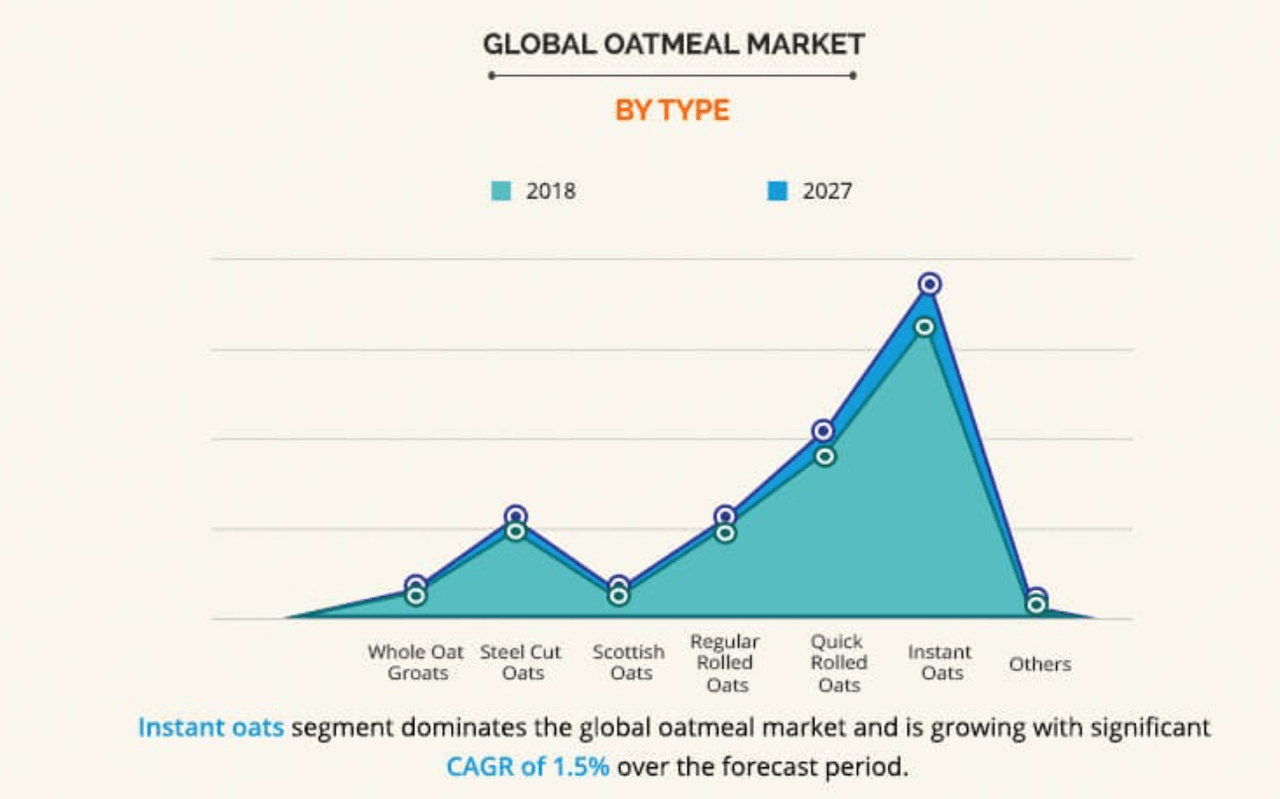Ravsky
What Is YanGuFang International Group?
Shanghai, China-based YanGuFang International Group (YGF) was founded to grow oats in Inner Mongolia and to produce finished oat-based products for consumer use in major provinces in the PRC and potentially Thailand.
Management is headed by Chairman and CEO, Junguo He, who has been with the firm since inception in August 2012 and was previously founder of YanGuFang Agroeco Tech.
The company’s primary offerings include:
-
Oat germ groats
-
Oat flour
-
Oatmeal
-
Oat oil
-
Oat bran
The company sells its finished products in the provinces of Beijing, Shanghai, Jiangsu, Zhejiang, Fujian, Guangdong, Anhui, Chongqing and the Inner Mongolia Autonomous Region.
YanGuFang has booked fair market value investment of $12 million as of Dec. 31, 2021, from investors including BioNature Organic Solution Co., Upworld Fitness Approach Solutions Co., VicVans Organic Service Co., YanYat Fitness Create Co., Supreme Green Incubator Co., and HeaYan Grain Solution Co.
According to a 2018 market research report by Allied Market Research, the global oatmeal market was an estimated $10.5 billion in 2017 and is forecast to reach $11.9 billion by 2027.
This represents a forecast CAGR of 1.3% from 2018 to 2027.
The main drivers for this expected growth are a desire for consumers to eat healthier foods and greater availability of the product in various forms.
Also, the chart below shows that the Asia-Pacific region is expected to account for growth of 1.8% through 2027, the highest of all regions:
Global Oatmeal Market By Region (Allied Market Research)
The following chart shows the global oatmeal market share breakdown by product type:
Global Oatmeal Market By Type (Allied Market Research)
YanGuFang also sells other types of oat-related products, expanding its potential addressable market beyond just oatmeal.
Major competitive or other industry participants include:
-
Quaker Oats Company
-
Nature’s Path Foods
-
Nestlé S.A.
-
Kellogg NA Co.
-
General Mills
-
Hamlyn’s Of Scotland
-
World Finer Foods
-
Weetabix Ltd.
-
Cargill
-
Bagrry’s India Ltd.
YanGuFang International’s IPO Date & Details
The initial public offering, or IPO, for YGF is scheduled for the week ending Sept. 30, 2022.
(Warning: Compared to stocks with more history, IPOs typically have less information for investors to review and analyze. For this reason, investors should use caution when thinking about investing in an IPO, or immediately post IPO. Also, investors should keep in mind that many IPOs are heavily marketed, past company performance is not a guarantee of future results and potential risks may be understated.)
YGF intends to sell 5.0 million shares of common stock at a proposed midpoint price of $6.00 per share for gross proceeds of approximately $30.0 million, not including the sale of customary underwriter options.
No existing or potentially new shareholders have indicated an interest to purchase shares at the IPO price.
Assuming a successful IPO at the midpoint of the proposed price range, the company’s enterprise value at IPO (excluding underwriter options) would approximate $189 million.
The float to outstanding shares ratio (excluding underwriter options) will be approximately 14%. A figure under 10% is generally considered a “low float” stock which can be subject to significant price volatility.
Per the firm’s most recent regulatory filing, it plans to use the net proceeds as follows:
approximately 30% of the net proceeds from this offering in the construction of additional production facilities, purchase of new equipment and upgrades of existing equipment;
approximately 10% of the net proceeds from this offering for the R&D of new products and technologies, upgrades of existing products and technologies, new hires of R&D staff;
approximately 12% of the net proceeds from this offering for global business expansion, primarily to North America, South East Asia and Japan; and
approximately 20% of the net proceeds from this offering for marketing and brands promotion;
approximately 28% of the net proceeds from this offering for working capital and other general corporate purposes;
(Source – SEC)
Management’s presentation of the company roadshow is available here until the IPO is completed.
Regarding outstanding legal proceedings, management says they know of “no material, active, pending or threatened proceeding” against it or any subsidiaries or VIEs.
The sole listed bookrunner of the IPO is EF Hutton.
How To Invest In The Company’s Stock: 7 Steps
Investors can buy shares of the stock in the same way they may buy stocks of other publicly traded companies, or as part of the pre-IPO allocation.
Note: This report is not a recommendation to purchase stock or any other security. For investors who are interested in pursuing a potential investment after the IPO is complete, the following steps for buying stocks will be helpful.
Step 1: Understand The Company’s Financial History
Although there is not much public financial information available about the company, investors can look at the company’s financial history on their form S-1 or F-1 SEC filing (Source).
Step 2: Assess The Company’s Financial Reports
The primary financial statements available for publicly-traded companies include the income statement, balance sheet, and statement of cash flows. These financial statements can help investors learn about a company’s cash capitalization structure, cash flow trends and financial position.
The firm’s financials have produced increasing topline revenue, growing gross profit and gross margin, increased operating profit but reduced operating margin and a swing to cash used in operations.
Free cash flow for the twelve months ended December 31, 2021, was negative ($10.9 million).
Selling expenses as a percentage of total revenue have grown as revenue has increased; its Selling efficiency multiple rose to 1.6x in the most recent reporting period.
The firm currently plans to pay no dividends and intends to retain future earnings to reinvest back into the company’s expansion initiatives.
YGF’s capex ratio is 0.16, which indicates it’s spending heavily on capital expenditures as a percentage of its operating cash flow.
Step 3: Evaluate The Company’s Potential Compared To Your Investment Horizon
When investors evaluate potential stocks to buy, it’s important to consider their time horizon and risk tolerance before buying shares. For example, a swing trader may be interested in short-term growth potential, whereas a long-term investor may prioritize strong financials ahead of short-term price movements.
Step 4: Select A Brokerage
Investors who do not already have a trading account will begin with the selection of a brokerage firm. The account types commonly used for trading stocks include a standard brokerage account or a retirement account like an IRA.
Investors who prefer advice for a fee can open a trading account with a full-service broker or an independent investment advisor and those who want to manage their portfolio for a reduced cost may choose a discount brokerage company.
Step 5: Choose An Investment Size And Strategy
Investors who have decided to buy shares of company stock should consider how many shares to purchase and what investment strategy to adopt for their new position. The investment strategy will guide an investors’ holding period and exit strategy.
Many investors choose to buy and hold stocks for lengthy periods. Examples of basic investing strategies include swing trading, short-term trading or investing over a long-term holding period.
For investors wishing to gain a pre-IPO allocation of shares at the IPO price, they would “indicate interest” with their broker in advance of the IPO. Indicating an interest is not a guarantee that the investor will receive an allocation of pre-IPO shares.
Step 6: Choose An Order Type
Investors have many choices for placing orders to purchase stocks, including market orders, limit orders and stop orders.
-
Market order: This is the most common type of order made by retail traders. A market order executes a trade immediately at the best available transaction price.
-
Limit order: When an investor places a buy limit order, they specify a maximum price to be paid for the shares.
-
Stop order: A buy-stop order is an order to buy at a specified price, known as the stop price, which will be higher than the current market price. In the case of buy-stop, the stop price will be lower than the current market price.
Step 7: Submit The Trade
After investors have funded their account with cash, they may decide an investment size and order type, then submit the trade to place an order. If the trade is a market order, it will be filled immediately at the best available market price.
However, if investors submit a limit order or stop order, the investor may have to wait until the stock reaches their target price or stop-loss price for the trade to be completed.
The Bottom Line
YGF is seeking U.S. public capital market investment to increase its production capacity and for its other corporate expansion initiatives.
The market opportunity for selling oat products is large but expected to grow at a slow to moderate rate of growth in the coming years.
Like other Chinese firms seeking to tap U.S. markets, the firm operates within a VIE structure or Variable Interest Entity. U.S. investors would only have an interest in an offshore firm with contractual rights to the firm’s operational results but would not own the underlying assets.
This is a legal gray area that brings the risk of management changing the terms of the contractual agreement or the Chinese government altering the legality of such arrangements. Prospective investors in the IPO would need to factor in this important structural uncertainty.
Additionally, the Chinese government crackdown on IPO company candidates combined with added reporting requirements from the U.S. side has put a serious damper on Chinese IPOs and their post-IPO performance.
EF Hutton is the sole underwriter and IPOs led by the firm over the last 12-month period have generated an average return of negative (62.1%) since their IPO. This is a bottom-tier performance for all major underwriters during the period.
A significant risk to the company’s outlook is the uncertain future status of Chinese company stocks in relation to the U.S. HFCA act, which requires delisting if the firm’s auditors do not make their working papers available for audit for three years by the PCAOB.
Also, the firm faces the uncertainty of additional COVID-19 variants spreading within China, likely resulting in lockdown responses by authorities as part of their zero-COVID policies.
As for valuation, compared to a basket of U.S. publicly held Food Processing companies compiled by noted valuation expert Dr. Aswath Damodaran in January 2022 with an EV/Sales multiple of 2.23x, YGF’s proposed valuation is more than double, at 5.01x.
Also, compared to international oat product brand Oatly, YGF’s proposed valuation is more than double.
While the firm is growing and profitable, it is using cash, operates in a highly uncertain regulatory environment and the IPO appears excessively priced.
I’m on Hold for YanGuFang’s IPO, although it may attract day traders seeking market volatility.


Be the first to comment